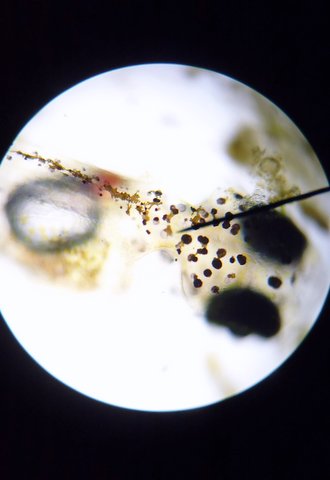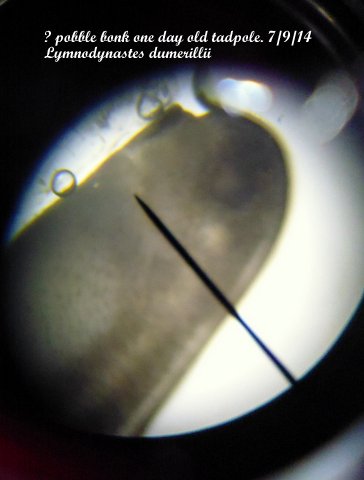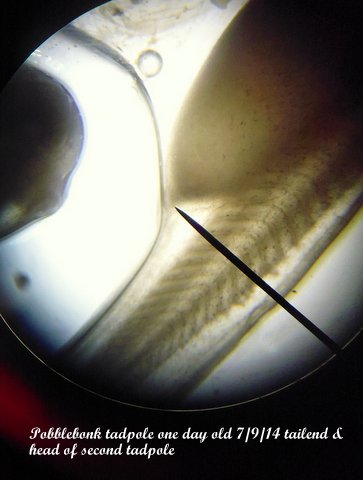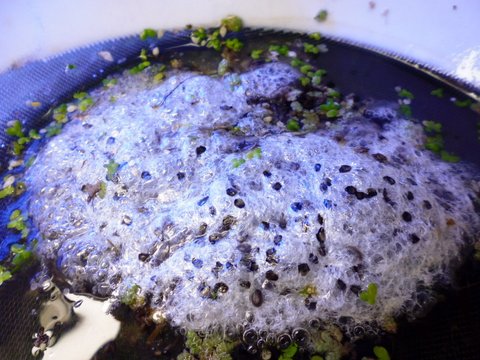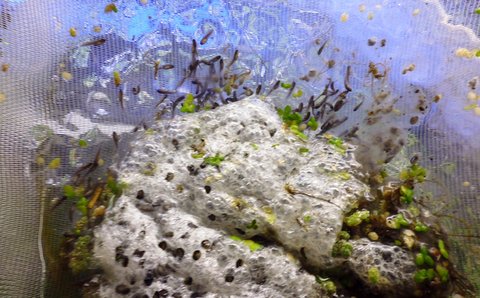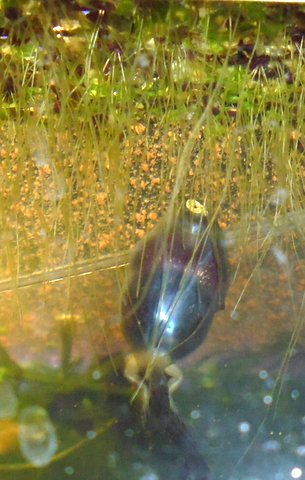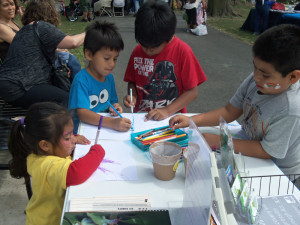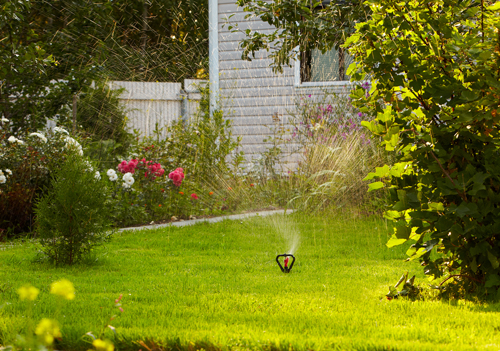The Very Inspiring Green Blogger Award
 I want to thank Lauri Fortino, children’s book author and library assistant, who writes a blog called Frog On A Blog for nominating Frogs Are Green for the Very Inspiring Blogger Award! Starting 2015 off right! Her book, The Peddler’s Bed is coming in the Fall!
I want to thank Lauri Fortino, children’s book author and library assistant, who writes a blog called Frog On A Blog for nominating Frogs Are Green for the Very Inspiring Blogger Award! Starting 2015 off right! Her book, The Peddler’s Bed is coming in the Fall!
The award rules:
- Display the award on your blog
- Link back to the person who nominated you
- State 7 things about yourself
- Nominate 15 bloggers, link to them, and notify them about their nominations
Seven facts you didn’t know about me:
- In high school, I was torn between music and art and finally decided my path would be art (I sing, but only around here).
- I’m allergic to chocolate. (Sad, I know!)
- I wish I could have more animals… dogs, fish, birds. (Maybe I should move to the country?)
- I read almost every night, clears the mind of other thoughts.
- I truly love helping people and so glad that I get to everyday.
- Movies are my favorite pastime, old or new, just tell me a great story.
- I collect children’s picture books and yes, FROG things!
My sixteen nominations for the Very Inspiring Green Blogger Award (check them out!)
- Save the Frogs
- Amphibian Ark
- The Wandering Herpetologist
- Herps Alive Foundation
- I.F.R.O.G.S.
- Nature World News
- thislearning
- EverBeautiful
- Drawing Dreams Foundation
- Jersey City Parks Coalition
- National Geographic Blog WILD
- Sustainable JC
- Discovery News: Earth
- IFLScience
- HuffPost Green
- The Cloud Institute
Blogger awards are a great way to spread the word about blogs that you enjoy. We can all use a bit of help getting the word out. If I’ve nominated you and you’d rather not participate, that’s fine, but do consider giving a shout-out for some of the blogs you follow. Those bloggers will appreciate your support.

